|
|
|
Vaishnavi Ramanathan
|
|
|
|
|
|
|
|
|
EmBodying Nature
Man’s relationship with nature has
varied facets ranging from being a font of spiritual and aesthetic
sustenance to being a resource for livelihood. Central to our
relationship with nature are the notions of labour and leisure. It is
through our quest, primarily for livelihood and secondarily for purposes
such as recreation or explorations that we have come to interact
intimately with nature. Tilling the earth to plant crops, cutting trees
to acquire wood that would create homes, gathering produce from the
forests, hunting animals for food and safety – such activities have been
our first-hand source of knowledge of natural forces. Either working in
tandem with nature or pitting our strength against it, for long we have
enjoyed a relationship with nature in which our physical bodies,
emotional lives and material sustenance have been entangled.
“EmBodying Nature” features four
artists, belonging to different geographical regions, artistic
backgrounds, and age groups, in whose works the organic world has a
significant role to play. Rather than visualise it as an abstract
entity, these artists foreground the body and adopt an embodied approach
in interpreting nature. Gieve Patel depicts the inner life of the tree
through an abstracted representation of its body. In his drawings, the
marks and indentations on the surface of a tree are the manifestations
of the life energy that courses through it and transforms nutrients from
the earth and air into physical form. Rajkumar’s paintings portray the
equation between nature and man both through generalised narratives,
speaking of nature during the pandemic, as also through personal
narratives referencing his immediate world. Nature is a silent presence
in Shantibai’s works. Her paintings depict the organic world as the
environment that the human body inhabits in everyday life and draws
physical and psychological nourishment from. Rakhi Peswani’s works use
fragmented forms from the botanical world to evoke our deeply embedded
and instinctive connection with nature. Speaking from the position of an
urban dweller, her works reference the language of craft, with its
connection to the earth and the communities that work with the earth, to
express the resilience of nature. In their own individual ways, the four
artists featured in this selection dwell on nature but in a manner that
takes into consideration the corporeal human condition.
Rajkumar began his artistic journey
training under traditional sculptors in Kondagaon, Chhattisgarh. The
turning point in his evolution was his role in co-founding the Dialogue
Interactive Artists’ Association in Bastar. This resulted in both an
aesthetic and attitudinal shift in his practice as he began to create
artworks that emerged from the indigenous tribal culture but were
reflective of the ground realities of life in the region. Today
Rajkumar’s paintings and sculptures are characterised by a pantheistic
vision that sees merit in all forms of life. This is reflected in the
series of works on view.
These paintings reflect the bond between man and the animals, the rhythm
of agricultural life, the intertwining of nature and culture, and the
altered relationship between man and nature during the pandemic. Through
these works the artist represents nature as an aspect of mundane life
and also as a universal entity that humankind should protect.
Co-founder
of
Dialogue Interactive Artists’ Association in Bastar,
Shantibai is a sculptor and painter
whose works portray the personal, political and ecological aspects of
her life in Kondagaon,
Chhattisgarh.
In the paintings on view, she creates narratives inspired by the people
and places she encounters. Particularly, these works are vignettes of
her artistic life. The conversations she enjoyed with fellow artists
such as Rajkumar and Navjot Altaf, which led to mutual artistic growth,
are given painterly form. Similarly, the activities of her artist
colleagues and the trips they collectively undertook, such as the visit
to the mines, are depicted in an intimate and unassuming manner. In
representing these moments, the artist not only pays attentions to the
people but also to the environment they are present in as she registers
the familiar trees and other natural formations that are characteristic
of the landscape. Densely populated with rhythmic dots, human forms and
organic elements, these works represent moments from the journey of an
artist who lives in proximity to nature.
Physician,
poet, painter and sculptor, Gieve Patel’s output spans a wide range of
preoccupations and expressions. The human condition is of particular
interest to him as he captures everyday moments in urban life with a
keen sense of observation. This perceptive ability also manifests in his
representation of nature, a subject that he has been exploring for many
years now through his painting and poetry. The series of drawings that
are on view emerge from his habit of observing human and non-human life,
internalising it and then manifesting it on the creative surface.
Focusing his attention on capturing the energy of the tree, the artist
composes the image with criss-crossing lines and marks that at once
evoke both the physical form of tree while also dematerialising it. The
exhibition also features the sculpture Daphne inspired by the
Greek myth in which a nymph turned into a tree. With its rugged surface
and organic, proliferating form, the sculpture of Daphne evokes the
mutable quality of nature.
Organic metaphors and thought processes that take into consideration the
natural world recur in Rakhi Peswani’s works. The notion of craft, both
as a form of skill that manifests in the handling of the material and
also as a practice that is predominantly associated with non-urban ways
of life, shapes her work. This is evident in the manner she employs a
range of materials such as textiles, paper and fragments from nature to
create tactile and sensorial associations in the viewer. Through this
she foregrounds materiality while also pondering on the question of
people, their livelihood and their association with nature. Organic
processes, such as decay and regeneration, also inspire the artist as in
the work Metamorphosis where the artist dwells on life, death and
the border between the two. In Splittings and Couplings she uses
elements from the botanical world that she transforms by covering with
jute or velvet to create sculptures. Through these fragmented forms of
nature, that are faintly reminiscent of script, she evokes the language
of nature that every individual is instinctively familiar with.
Vaishnavi Ramanathan
© Author and The Guild
|
|
|
|
|
Gieve
Patel
|
|
|
|
|
|
|
|
|
|
 |
|
 |
|
 |
|
|
|
|
Tree Trunk, Series Fields, 2019,
Pencil on paper, 22 x 30 inches |
|
Tree Trunk - 2, 2021,
Pencil on paper, 30 x 22 inches |
|
Tree Trunk - 3, 2021,
Pencil on paper, 30 x 20.7 inches |
|
|
|
|
|
|
|
|
|
|
|
|
|
|
|
|
|
|
|
|
|
|
|
|
 |
|
 |
|
|
|
|
|
|
|
Tree Trunk - 5, 2022,
Pencil on paper, 22.5 x 30 inches
|
|
Daphne, Bronze,
102 x 180 x 61 inches, edition 1 of 9 + AP |
|
|
|
|
|
|
|
|
|
|
|
|
|
|
|
|
|
|
Rajkumar |
|
|
|
|
|
|
|
|
|
|
|
|
|
|
|
|
|
|
|
|
 |
|
 |
|
 |
|
|
|
|
|
Untitled, 2020, acrylic and watercolour
on paper, 22 x 29.8 inches |
|
Untitled, 2002, acrylic and watercolour
on paper, 22 x 29.6 inches |
|
Untitled, 2003, acrylic and watercolour
on paper, 22 x 30 inches |
|
|
|
|
|
|
|
|
|
|
|
|
|
|
|
|
 |
|
 |
|
|
|
|
|
|
|
Untitled, 2000-2017, acrylic and
watercolour on paper, 22 x 30 inches |
|
Untitled, 2009-2017, acrylic and
watercolour on paper, 28.5 x 42 inches |
|
|
|
|
|
|
|
|
|
|
|
|
|
|
|
|
|
|
|
|
|
|
|
|
|
|
|
|
|
Rakhi Peswani |
|
|
|
|
|
|
|
|
|
|
|
|
|
|
|
|
|
|
|
|
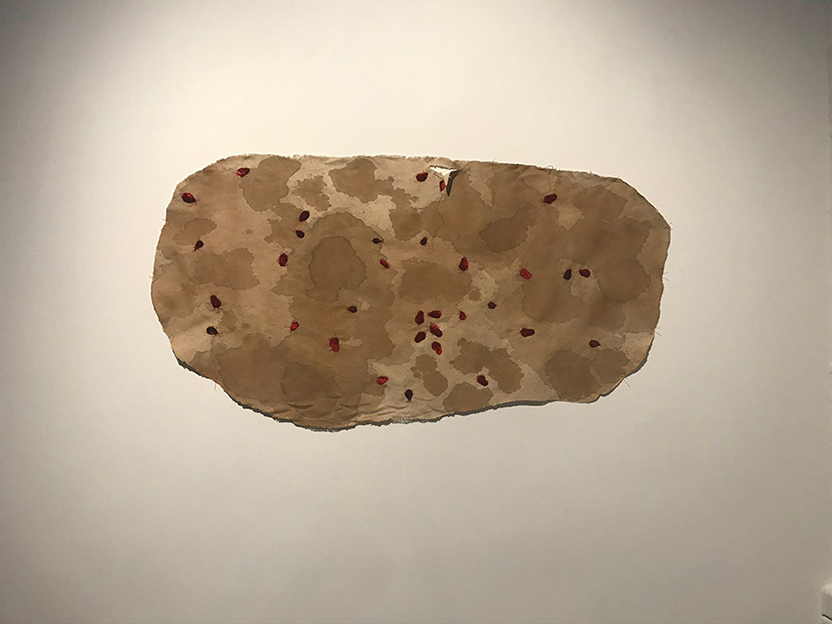 |
|
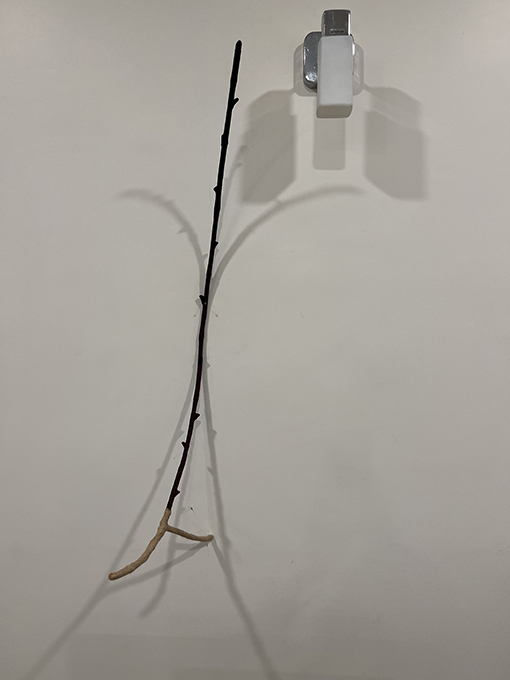 |
|
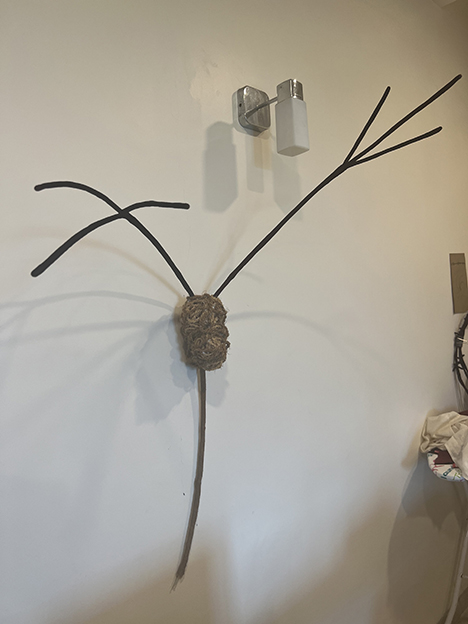 |
|
|
|
|
|
Metamorphosis,
2019, Linen and velvet
applique, coffee stains, painted sewing pins. |
|
Splittings,
jute, velvet and
iron
wires |
|
Splittings, 2022, Jute, velvet,
coir and iron wires |
|
|
|
|
|
|
|
|
|
|
|
|
|
|
|
|
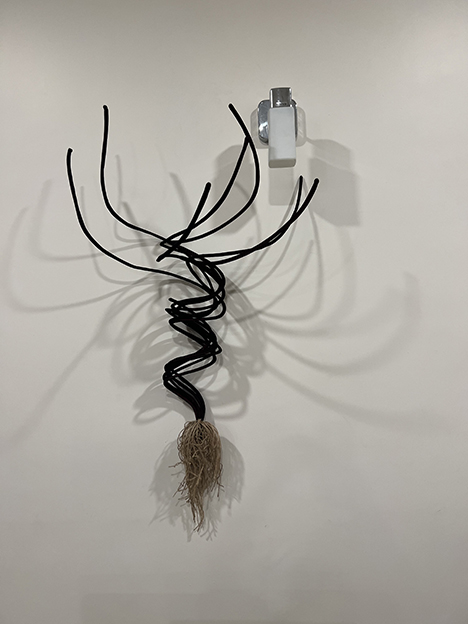 |
|
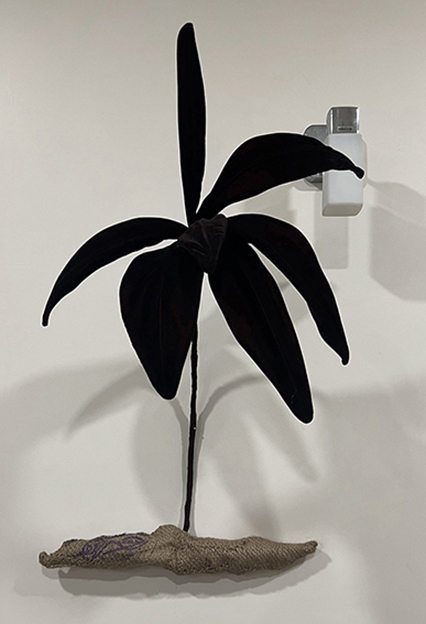 |
|
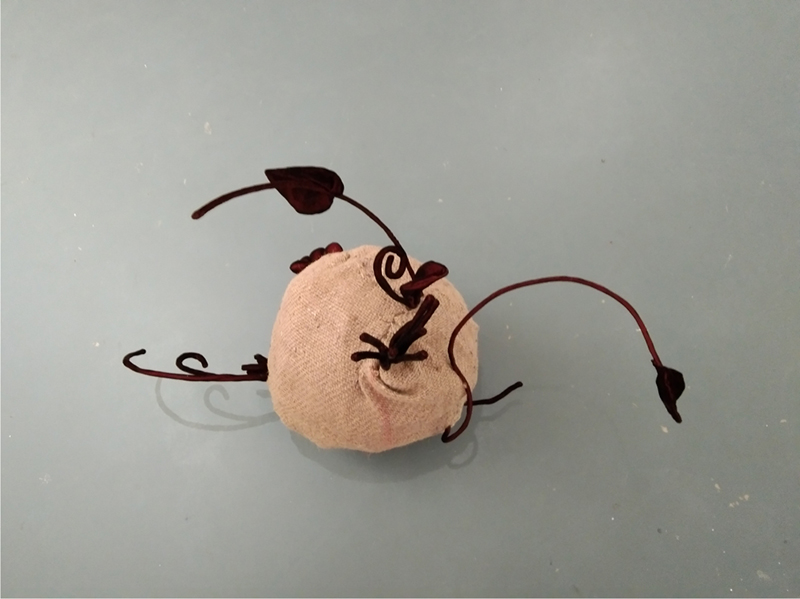 |
|
|
|
|
|
Uprootings, Jute,
velvet and iron
wires |
|
Sprouting plant, 2022,
Jute, velvet and
iron wires |
|
Sproutings, 2022, Jute,
velvet and
iron wires |
|
|
|
|
|
|
|
|
|
|
|
|
|
|
|
|
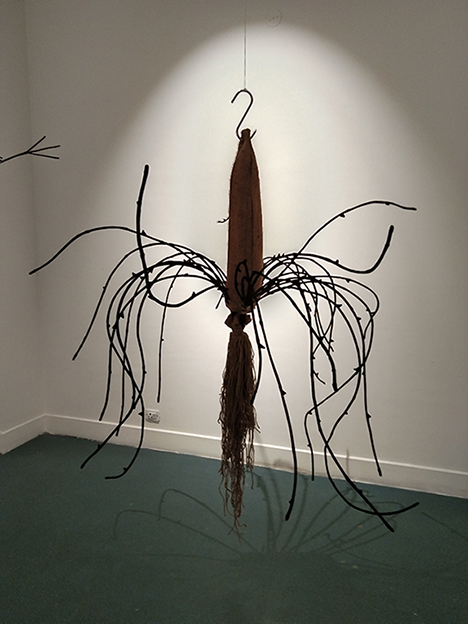 |
|
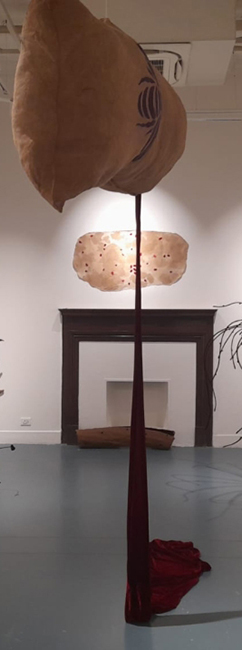 |
|
 |
|
|
|
|
|
Uprootings, 2022,
Jute,
velvet,
iron hook
and iron wires |
|
Anatomy of Labour,
2019,
Jute, velvet, iron hook and poly-cotton
filler, acrylic paint |
|
Splittings, 2022,
Jute, velvet, cotton and
iron wires |
|
|
|
|
|
|
|
|
|
|
|
|
|
|
|
|
|
|
|
|
|
|
|
|
|
|
|
|
Shantibai |
|
|
|
|
|
|
|
|
|
|
|
|
|
|
|
|
|
|
|
|
 |
|
 |
|
 |
|
|
|
|
|
Untitled,
watercolour on paper,
10.8 x 14.8 inches
|
|
Untitled,
watercolour on paper,
11 x 15 inches |
|
Untitled,
watercolour on paper,
11 x 15 inches |
|
|
|
|
|
|
|
|
|
|
|
|
|
|
|
|
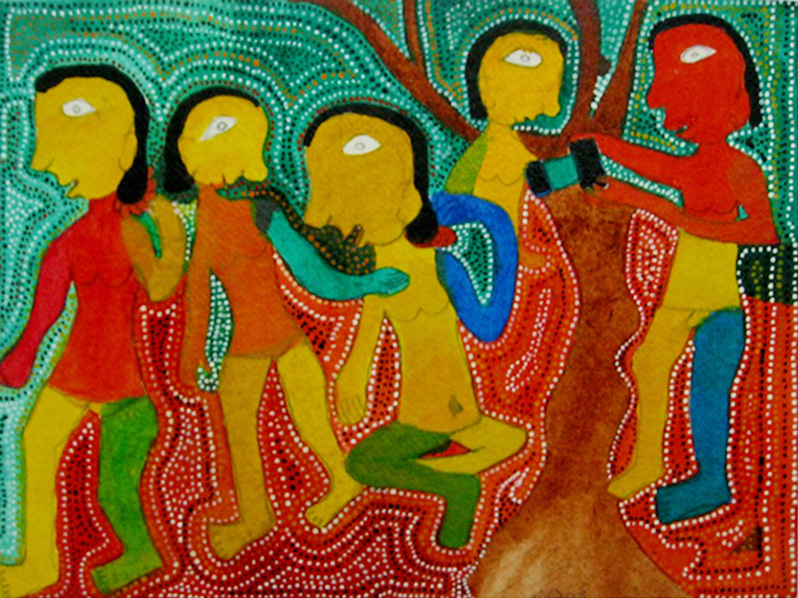 |
|
 |
|
 |
|
|
|
|
|
Untitled,
watercolour on paper,
11 x 15 inches
|
|
Untitled,
watercolour on paper,
11 x 15 inches |
|
Untitled, 2020,
watercolour on paper,
11 x 15 inches |
|
|
|
|
|
|
|
|
|
|
|
|
|
|
|
|
 |
|
 |
|
|
|
|
|
|
|
Untitled, 2020,
watercolour on paper,
11 x 15 inches |
|
Untitled, 2020,
watercolour on paper,
11 x 15 inches |
|
|
|
|
|
|
|
|
|
|
|
|
|
|
|
|
|
|
|
|
|
|
|
|
|
|
|
|
|
|
|
|
|
|
|
|
|
|
|
|
|
|
|
|
|
|
|
|
|
|
|
|
|
|
|
|
|
|
|
|
|
|
|
|
|
|
|
|
|
|
|
|
|
|
|
|
|
|
|
|
|
|
|
|
|
|
|
|
|
|
|
|
|
|
|
|
|
|
|
|
|
|
|
|
|
|
|
|
|
|
![]()